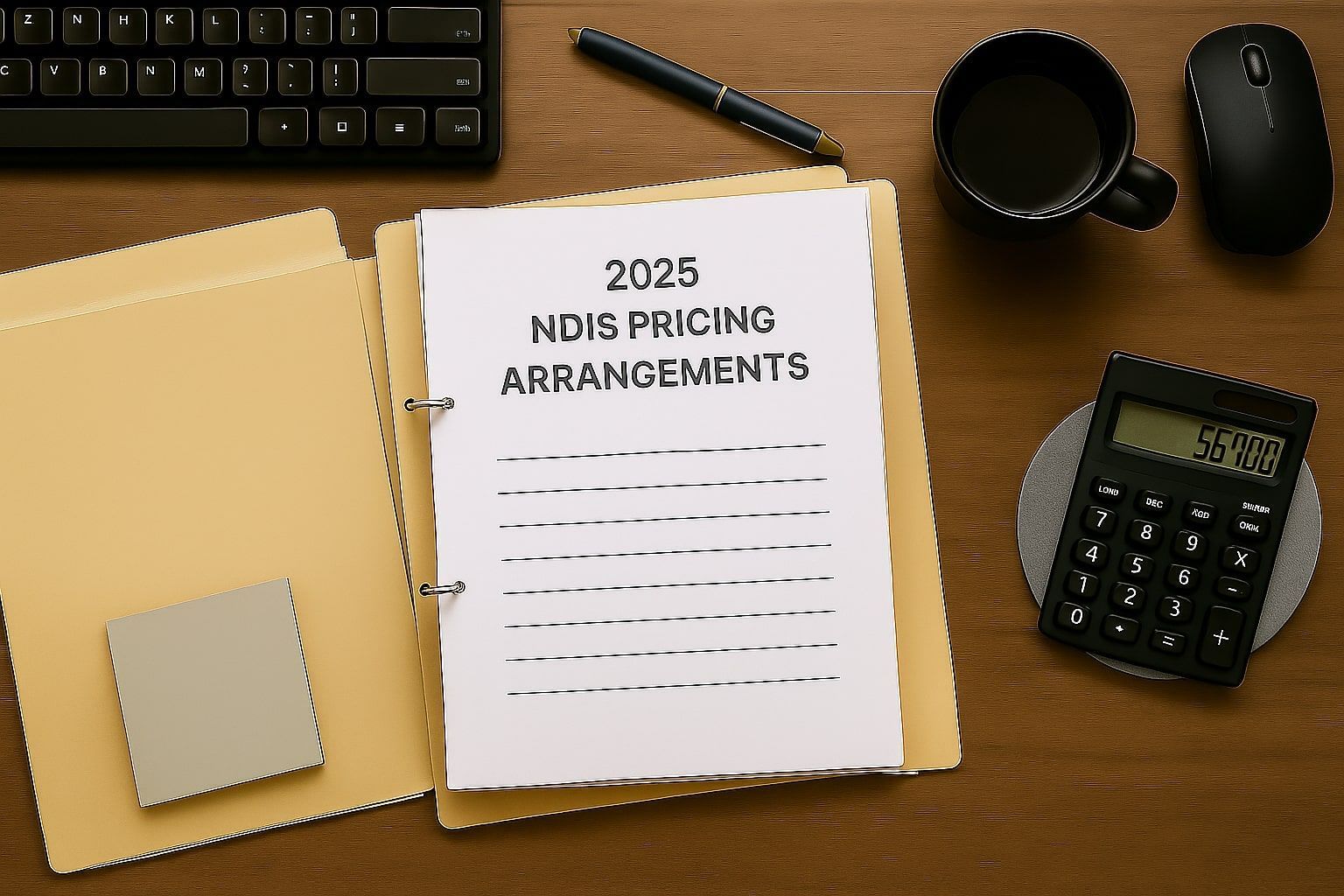NDIS 2.0: An Overview and Ultimate Guide for Investor
The demand for SDA properties in Australia is a significant factor driving investor interest in SDA investment. With a notable shortage of suitable accommodation for people with disabilities, the sector is ripe for development. As an NDIS housing provider, the chance to significantly impact the lives of individuals with disabilities while securing stable financial returns is increasingly attractive. This guide aims to provide a comprehensive overview of investing in Specialist Disability Accommodation (SDA) under the National Disability Insurance Scheme (NDIS), focusing on the current state of the market and key considerations for potential investors.
Read also:
The Role of NDIS Property Australia in SDA Housing Market
High Demand and Stable Returns in SDA
The NDIS's active role in funding SDA properties ensures that this demand is not only met but sustained over time. This consistent demand translates into a stable and reliable NDIS rental income stream for investors. The stability of this income is further enhanced by long-term head-lease agreements, often spanning up to 20 years, providing a level of security rarely seen in traditional real estate investments.
Government Support and Investor Security
The involvement of the Australian government in the SDA market adds an extra layer of security for investors considering SDA investment. The NDIS, as a government-funded scheme, offers financial stability and long-term investment potential. This government backing is crucial, as it not only ensures the continuity of the scheme but also reflects a commitment to supporting individuals with disabilities. For investors, this translates to a lower risk profile compared to other investment avenues. Furthermore, the government's role in regulating and overseeing the SDA market helps maintain high standards in housing quality and accessibility, ensuring that investments are future-proofed and aligned with the needs of NDIS participants.
Understanding the NDIS Funding Model
The NDIS funding model plays a crucial role in shaping investment decisions. Under this model, the accommodation costs for eligible NDIS participants are covered, providing a secure source of NDIS rental income for property owners. This funding arrangement is particularly attractive to investors as it offers a predictable and steady income stream. Unlike traditional rental properties, where vacancy rates and tenant turnover can pose significant risks, SDA properties funded through the NDIS offer a more stable and reliable revenue source.
Diversifying Portfolios with SDA Investments
Diversification is a key strategy in any robust investment portfolio, and SDA investment offers a unique opportunity in this regard. Unlike traditional real estate investments, SDA properties cater to a specific segment of the market, providing a distinct diversification option. Investors can spread their SDA investment across various geographic locations, reducing the risk associated with market fluctuations in any single area. Additionally, the unique nature of SDA properties, designed to meet specific accessibility and support needs, adds a layer of resilience against economic downturns that might affect standard residential properties.
Exploring Various SDA Categories
The SDA market in Australia offers a range of categories for investors to consider. Each category, such as High Physical Support (HPS) and Improved Liveability (IL), caters to different levels of participant needs and comes with varying funding structures. This diversity allows investors to align their SDA investment with their financial goals, risk tolerance, and budget.
For instance, HPS properties might require a higher initial investment but offer higher NDIS rental income, while IL properties might be less costly to develop but cater to a broader range of participants. The new structure aims to streamline NDIS housing provider offerings, making it crucial for investors to stay informed and collaborate with experienced SDA builders to ensure their properties meet the updated standards and participant needs.
Read also: Breakdown Of SDA Design Categories
Yield Expectations in SDA Investments
One of the most attractive aspects of SDA investment is the potential for higher yields compared to traditional residential property investments. The specialised nature of SDA properties, combined with the stability of NDIS rental income, often results in higher net returns. While yields can vary based on factors like location, property type, and SDA category, they typically range from 10% to 15%.
This range is particularly appealing in the current economic climate, where traditional residential property investments might not offer the same level of return. However, investors should conduct thorough market research and consult with experienced SDA builders and advisors to accurately gauge the potential returns on their investments.
Risks in SDA Investments
While SDA investment offers numerous advantages, investors need to be aware of potential risks. Regulatory changes can impact the SDA market, so staying informed and adaptable is key. Keeping SDA properties appealing and of high quality requires effective property management, ensuring they meet the needs of NDIS participants. When selecting properties, investors should consider factors like location, accessibility, and area demand to optimise their NDIS housing rental returns. Additionally, while the NDIS funding model provides higher returns, investors should be prepared for occasional participant transitions and vacancies.
Recent Developments and Their Impact on Investors
Recent reviews and recommendations in the SDA sector could significantly impact investors. The proposed elimination of the Improved Liveability (IL) category and the introduction of a new SDA category may reshape the market. These changes could create new opportunities for developing or retrofitting properties to meet evolving demands. Investors should closely monitor these developments, as they could impact the demand for certain types of SDA properties and, consequently, the NDIS housing rental income potential.
Opportunities in SDA
With the recommendations announced by the NDIS review, new opportunities are emerging in the SDA market. The introduction of a new SDA category means a broader spectrum of participants may be eligible to access suitable accommodation, potentially increasing the demand for SDA properties. This expansion presents a promising avenue for investors to develop or retrofit properties to meet evolving demands. Collaboration with experienced SDA builders and staying informed about the latest NDIS guidelines will be crucial for investors looking to capitalise on these opportunities.
Read also: Understanding SDA Housing in Australia: Challenges & Investment Opportunities
Conclusion
Investing in Specialist Disability Accommodation in Australia presents a unique blend of social responsibility and financial opportunity. The high demand for SDA properties, coupled with government support and stable NDIS rental income, makes it an attractive option for investors. However, staying informed about regulatory changes, understanding the market, and working with skilled SDA builders are key to success in this business.




